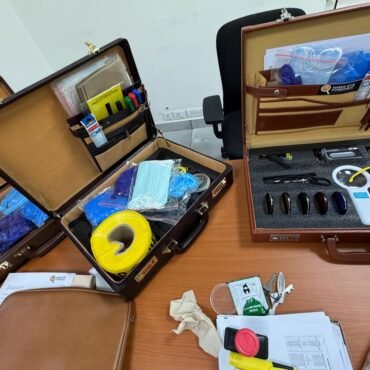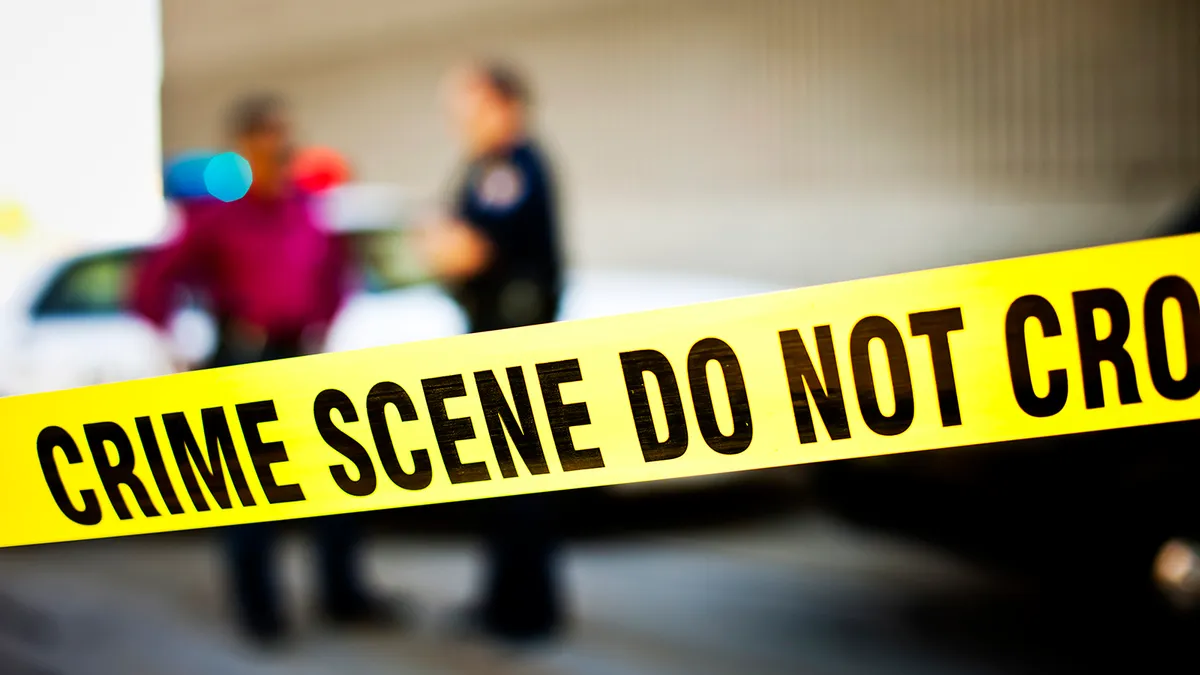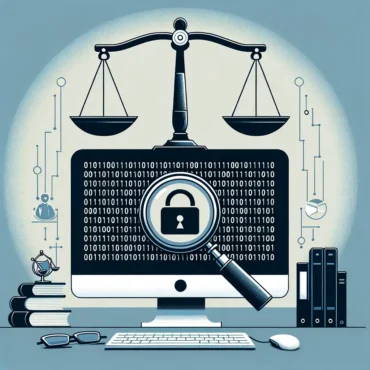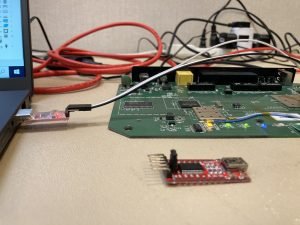In the world of forensic science, the Crime Scene Investigation (CSI) process forms the bedrock of solving criminal cases. Meticulous, systematic, and evidence-driven, this process ensures that no clue is overlooked and justice is delivered efficiently. From securing the scene to interpreting results, every step is crucial in uncovering the truth. In this blog, we’ll explore the seven essential stages of the crime scene investigation process used by forensic professionals and law enforcement agencies.
1. Secure the Scene: The First Priority
The first and most critical step in any investigation is to secure the crime scene. This step ensures that the area is protected from contamination, tampering, or unauthorized access.
Key Actions:
-
Restrict entry using barriers or police tape.
-
Remove unauthorized personnel and media.
-
Assign security personnel to guard the perimeter.
-
Provide first aid, if needed, without disturbing evidence.
This step preserves the integrity of the scene, ensuring that the evidence remains unaltered for later analysis.
2. Documenting the Scene: Capturing Every Detail
Once secured, investigators begin documenting the scene using photography, videography, sketches, and detailed notes.
Documentation Includes:
-
Wide-angle and close-up photographs of the entire scene.
-
Videos showing spatial relationships.
-
Sketches indicating object positions and distances.
-
Detailed field notes on environmental conditions and observations.
Accurate documentation helps in visual reconstruction and serves as vital courtroom evidence.
3. Collecting Evidence: Finding the Truth in Details
The next step involves systematic collection of physical evidence that can be analyzed in a lab.
Types of Evidence Collected:
-
Biological (blood, hair, saliva)
-
Trace (fibers, glass, soil)
-
Fingerprints and footprints
-
Weapons or digital devices
Proper labeling, handling, and chain of custody procedures are followed to ensure the legal admissibility of collected items.
4. Preserving Evidence: Maintaining Integrity
Preservation is vital to avoid degradation, contamination, or loss of evidence during transit or storage.
Preservation Methods:
-
Use of airtight or sterile containers for biological evidence.
-
Temperature control for certain samples.
-
Clear labeling with time, date, and collector’s information.
-
Sealing and documenting chain of custody.
Even the most compelling evidence can be dismissed if not preserved correctly.
5. Analyzing the Evidence: The Forensic Science Edge
Once evidence reaches the laboratory, it undergoes scientific analysis by trained forensic experts.
Analysis Techniques:
The outcome of this step provides factual data that can confirm or contradict statements and reconstruct timelines.
6. Reconstructing the Incident: Piecing It Together
Using the evidence collected and analyzed, investigators begin the reconstruction of events to understand what happened, when, and how.
This May Involve:
-
Chronological sequencing of events
-
Positioning of individuals or objects
-
The likely behavior of the perpetrator or victim
This reconstruction assists in visualizing the crime, forming theories, and preparing for court testimony.
7. Interpreting the Results: From Data to Justice
Finally, the interpreted evidence is used to build a narrative that supports prosecution or defense in court.
Interpretation Includes:
-
Preparing reports and timelines
-
Linking suspects to crime through physical or digital traces
-
Offering expert testimony in legal proceedings
The final interpretation often determines the outcome of the investigation and ultimately, justice.
Conclusion: Accuracy, Integrity, and Science
The Crime Scene Investigation process is much more than just collecting fingerprints or taking photographs—it’s a rigorous, scientific process that requires precision, objectivity, and expertise. Each step must be executed with the highest standards to maintain the chain of custody, preserve the integrity of the evidence, and uphold justice.
At Hawk Eye Forensic, our team of certified experts ensures that every crime scene is handled with the utmost professionalism using cutting-edge tools and techniques. From on-site examination to laboratory analysis, we are committed to delivering truth through science.
Related Services at Hawk Eye Forensic
Frequently Asked Questions (FAQs)
Q1: Why is it important to secure a crime scene immediately?
A: Securing prevents evidence contamination and preserves the scene for proper investigation.
Q2: Can crime scene photos be used in court?
A: Yes, if taken properly and maintained through a proper chain of custody.
Q3: What tools are used to collect evidence?
A: Gloves, swabs, tweezers, evidence bags, fingerprint kits, and digital forensic tools.
Q4: What is the chain of custody?
A: A documented trail of evidence handling from collection to court presentation.
Q5: Who performs evidence analysis?
A: Trained forensic scientists in specialized laboratories.





Post comments (0)